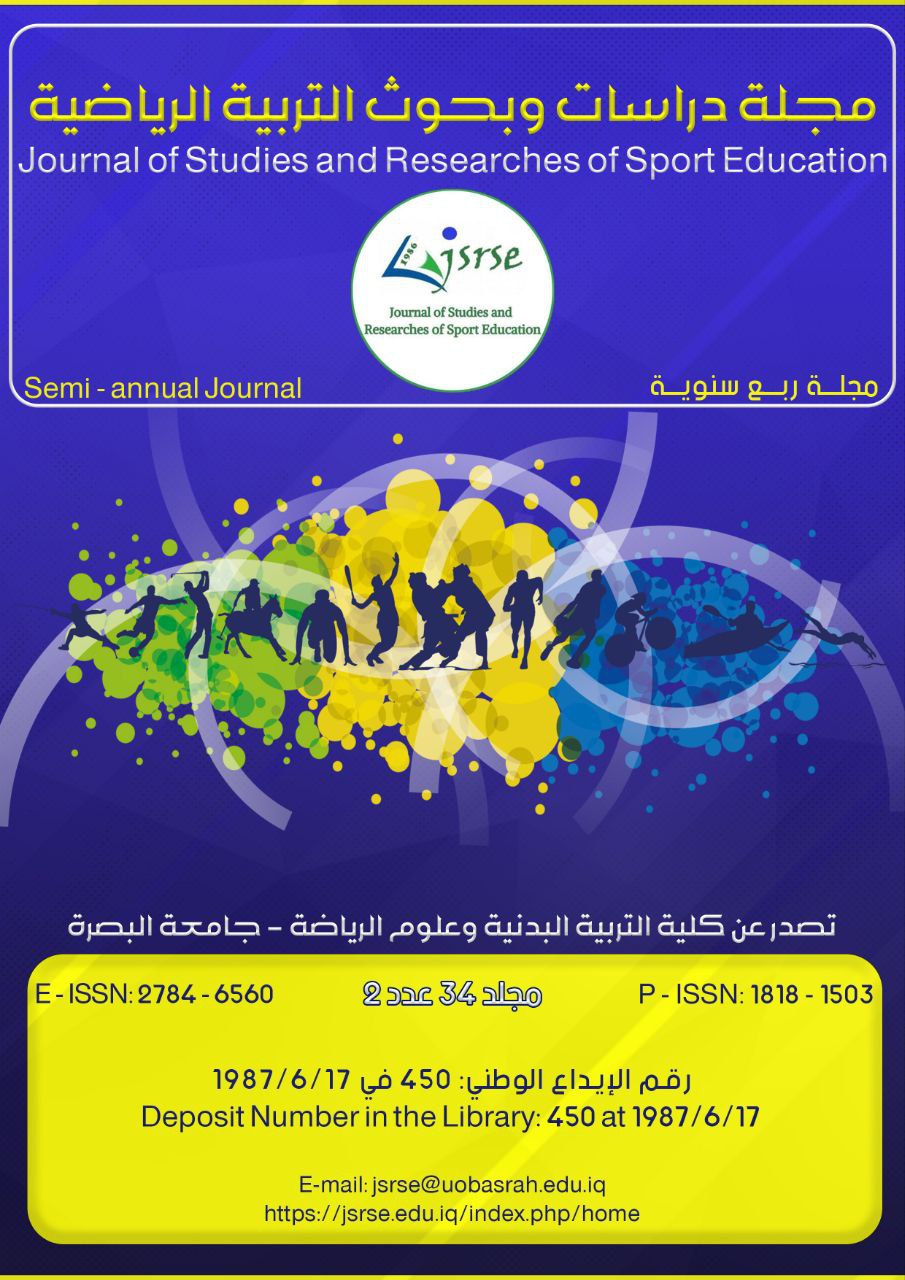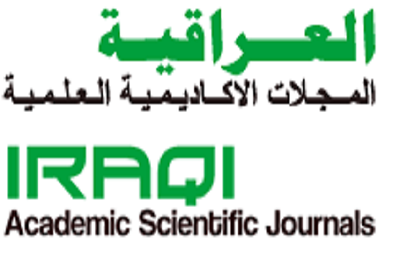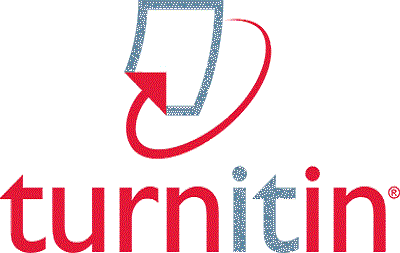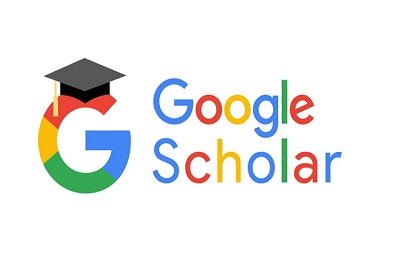The Impact Of Curriculum Engineering, Artificial Intelligence Strategies, And Digital Methodology On Teaching Physical Education
Main Article Content
Abstract
The study aims to develop methods of teaching physical education and improve students’ learning experience in the field of physical education, and is interested in contributing to the design of innovative and integrated educational curricula for physical education. In determining educational objectives, organizing content, and determining appropriate methods and means, providing an interactive and innovative educational environment for students. Track and measure students' performance and provide immediate feedback to improve their performance. Study Methodology: The researchers used the experimental method because it was appropriate to the nature of this research, by following the experimental design for one experimental group using pre- and post-measurements. The study population and sample. The researchers chose the research sample intentionally from third-year students for the academic year (2022/2023 AD). They numbered (200) students, and the researchers concluded - that curriculum engineering witnessed an improvement of 88.35% - that artificial intelligence strategies witnessed an improvement of 67.5% - that digital methodology witnessed an improvement of 70.28%, and the researchers recommend: Always strive to use these standards in building the methodology Digital games in various physical education and sports sciences subjects.
Article Details

This work is licensed under a Creative Commons Attribution-NonCommercial 4.0 International License.
References
Aldewan, L. H. (2016). Fundamentals of curriculum design in physical education. Dar and scribes of insights. https://www.researchgate.net/publication/365704505
Aldewan, L. H., Abdul-Sahib, H. M., & al-Mayahi, S. J. K. (2013). Platform impact media super overlap (Alhiebermedia) to learn the effectiveness of the long jump for the Deaf Mute. Journal of Studies and Researches of Sport Education, 36, 27–41. https://www.iasj.net/iasj/article/94541
Aziz Fayrouz, A. R. L. (2022). The role of the physical education and sports class in enhancing academic achievement among secondary school students. A field study of some of Djelfa’s secondary schools. Algeria. Journal Index of Exploratory Studies . https://doi.org/10.17613/e8rw-dc73
Ba, Y., & Liu, Z. (2022). Design and Research of Physical Education Platform Based on Artificial Intelligence. Scientific Programming, 2022, 1–7. https://doi.org/10.1155/2022/9327131
Cao, F., Lei, M., Lin, S., & Xiang, M. (2022). Application of Artificial Intelligence-Based Big Data AI Technology in Physical Education Reform. Mobile Information Systems, 2022, 1–12. https://doi.org/10.1155/2022/4017151
Cao, F., Xiang, M., Chen, K., & Lei, M. (2022). Intelligent Physical Education Teaching Tracking System Based on Multimedia Data Analysis and Artificial Intelligence. Mobile Information Systems, 1–11. https://doi.org/10.1155/2022/7666615
Chen, J., & Zeng, B. (2022). Development Trend of Digital Physical Education Teaching by Integrating Intelligent Sensor Technology. Security and Communication Networks, 2022, 1–14. https://doi.org/10.1155/2022/3039349
Gaobin, Huan Nan, C., & Zhen Zhong, L. (2021). An artificial intelligence fuzzy system for improvement of physical education teaching method. Journal of Intelligent & Fuzzy Systems, 40(2), 3595–3604. https://doi.org/10.3233/JIFS-189395
Hasan, M. M., Mohammed, O., & Hammadi, J. N. (2020). The Effect of Teaching with Mobile Learning Technology on Learning the Artistic Performance and Improving the Most Important Bio-Kinematic Variables for Rear Rolling for Standing on Hands on the Ground Mat. Annals of Tropical Medicine and Public Health, 23(09), 1–8. https://doi.org/10.36295/ASRO.2020.23919
Intisar Ahmed Othman, Lamya، Hassan Mohammed, & sarah، Sami Shabib. (2023). The effect of Top Play and Top Sport cards using recreational games in developing children’s creative abilities. Journal of Studies and Researches of Sport Education, 33(2), 33–50. https://doi.org/10.55998/jsrse.v33i2.466
Jabbar, haya K., Hassan Mohammed, L., & Majeed Ali, M. (2023). Mind mapping strategy and its impact on learning some basic tennis skills. Journal of Studies and Researches of Sport Education, 33(2), 17–32. https://doi.org/10.55998/jsrse.v33i2.453
Jasim, nafi H., Mohammed, F. D., & Ameer, J. M. (2021). Using an educational curriculum to develop some of the educational and motor abilities of students learning and teaching. Turkish Journal of Physiotherapy and Rehabilitation, 3(32), 9. https://www.researchgate.net/publication/377808196
Lee, D. (2023). Exploring the Significance of Promoting General Physical Education and the Utilization of Digital Technology after COVID-19. The Korean Association of General Education, 17(3), 229–240. https://doi.org/10.46392/kjge.2023.17.3.229
Lee, H. S. (2021). Applying artificial intelligence in physical education and future perspectives. Sustainability, 13(1), 351.
Li, F. (2021). Information Teaching Platform of College Physical Education Based on Artificial Intelligence Technology. Journal of Physics: Conference Series, 1852(2), 022030. https://doi.org/10.1088/1742-6596/1852/2/022030
Li, Z., & Wang, H. (2021). The effectiveness of physical education teaching in college based on Artificial intelligence methods. Journal of Intelligent & Fuzzy Systems, 40(2), 3301–3311. https://doi.org/10.3233/JIFS-189370
Ma, X., & Jiang, C. (2023). On the Ethical Risks of Artificial Intelligence Applications in Education and Its Avoidance Strategies. Journal of Education, Humanities and Social Sciences, 14, 354–359. https://doi.org/10.54097/ehss.v14i.8868
Marín-Suelves, D., Ramón-Llin, J., & Gabarda, V. (2023). The Role of Technology in Physical Education Teaching in the Wake of the Pandemic. Sustainability, 15(11), 8503. https://doi.org/10.3390/su15118503
Montiel-Ruiz, F. J., Sánchez-Vera, M.-M., & Solano-Fernández, I. M. (2023a). Social networks and gamification in physical education: A case study. Contemporary Educational Technology, 15(1), ep401. https://doi.org/10.30935/cedtech/12660
Montiel-Ruiz, F. J., Sánchez-Vera, M.-M., & Solano-Fernández, I. M. (2023b). Social networks and gamification in physical education: A case study. Contemporary Educational Technology, 15(1), ep401. https://doi.org/10.30935/cedtech/12660
Muhammad, Q. J. (2024). The effect of technological sports applications for smart phones on learning some basic football skills for students aged 13-14 years. Journal of Studies and Researches of Sport Education, 34(1), 290–305. https://doi.org/10.55998/jsrse.v34i1.490
Myasash, A. A. K., Lamyaa, H. M. A., & nahida, A. Z. A.-D. (2023). The effectiveness of teaching according to the V-shaped strategy in emotional intelligence and the accuracy of the skills performing of defending the court and crushing hitting with volleyball for students. College Of Basic Education Research Journal, 19(2), 527–542. https://doi.org/10.33899/BERJ.2023.180023
Saravanan, V. (2021). Impact of intelligence methodologies on education and training process. Journal of Intelligent & Fuzzy Systems, 40(2), 3237–3238. https://doi.org/10.3233/JIFS-189363
Sargent, J., & Casey, A. (2020). Using digital technologies to enhance your teaching of physical education. In A Practical Guide to Teaching Physical Education in the Secondary School (pp. 116–128). Routledge. https://doi.org/10.4324/9780429061318-11
Saura, J. R. (2022). A Teaching Guide for the Use of Artificial Intelligence Tools at Universities (pp. 309–321). https://doi.org/10.4018/978-1-7998-9609-8.ch017
Wang, C., Wei, X., Yang, A., & Zhang, H. (2022). Construction and Analysis of Discrete System Dynamic Modeling of Physical Education Teaching Mode Based on Decision Tree Algorithm. Computational Intelligence and Neuroscience, 2022, 1–11. https://doi.org/10.1155/2022/2745146
Wang, M. (2021). RETRACTED: Design of College Physical Education Teaching System Based on Artificial Intelligence Technology. Journal of Physics: Conference Series, 1852(4), 042005. https://doi.org/10.1088/1742-6596/1852/4/042005
Wen, B. (2020). The Application of Artificial Intelligence Technology in Physical Education (pp. 795–801). https://doi.org/10.1007/978-981-15-5959-4_98
Xia, X., & Li, X. (2022). Artificial Intelligence for Higher Education Development and Teaching Skills. Wireless Communications and Mobile Computing, 2022, 1–10. https://doi.org/10.1155/2022/7614337
Xiang, W. (2022). Application and Prospect Analysis of Artificial Intelligence in the Field of Physical Education. Computational Intelligence and Neuroscience, 2022, 1–7. https://doi.org/10.1155/2022/1042533
Xuezhong, Z. (2021). Educational Response Method Based on Artificial Intelligence Perspective. International Journal of New Developments in Education, 3(5). https://doi.org/10.25236/IJNDE.2021.030512
Yaakop, N., Koh, D., & Mohammad Yasin, R. (2023). Global Trends of the Teacher Knowledge of Physical Education: A Bibliometric Analysis. Retos, 49, 174–188. https://doi.org/10.47197/retos.v49.97291
Yang, D., Oh, E.-S., & Wang, Y. (2020). Hybrid Physical Education Teaching and Curriculum Design Based on a Voice Interactive Artificial Intelligence Educational Robot. Sustainability, 12(19), 8000. https://doi.org/10.3390/su12198000
YanRu, L. (2021). An artificial intelligence and machine vision based evaluation of physical education teaching. Journal of Intelligent & Fuzzy Systems, 40(2), 3559–3569. https://doi.org/10.3233/JIFS-189392
Yu, S. (2023). RETRACTED: Application of artificial intelligence in physical education. International Journal of Electrical Engineering & Education, 60(1_suppl), 3774–3783. https://doi.org/10.1177/0020720921996604





 IASJ
IASJ CC-BY-4.0
CC-BY-4.0 turnitin
turnitin ISSN
ISSN DOAJ
DOAJ Crossref
Crossref GoogleScholar
GoogleScholar Orcid
Orcid